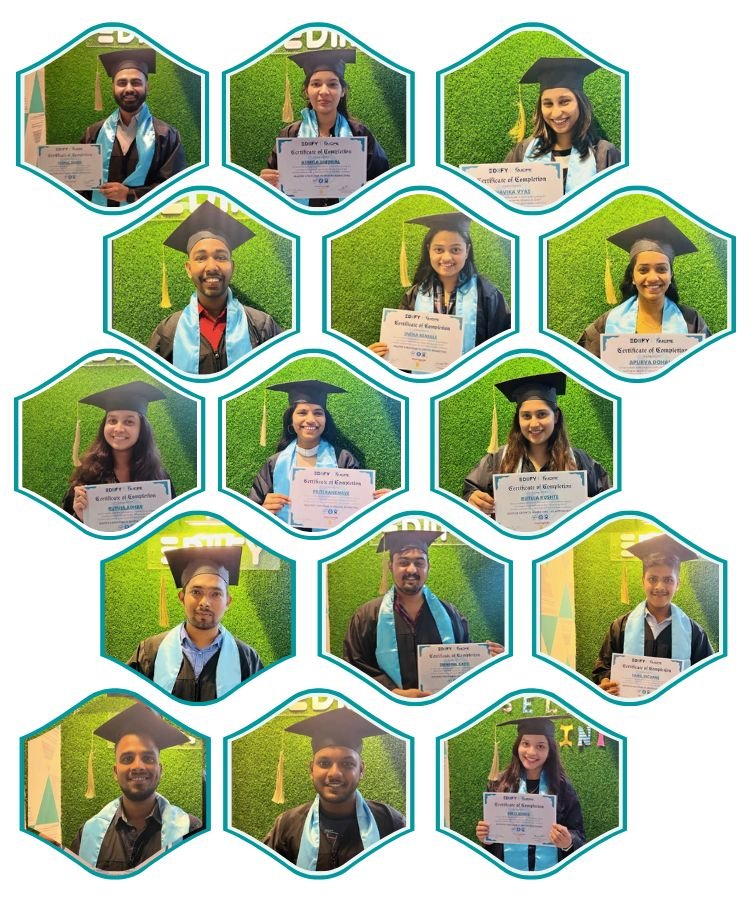
SWOT Analysis of Hyundai : What You Need to Know
Feb 6, 2024 | EDIIFY Blogs
Introduction:
Within the automotive industry, companies are consistently confronted with a myriad of challenges and opportunities. One such prominent contender is the Hyundai Motor Company, a global automotive powerhouse known for its innovative designs, quality engineering, and formidable market presence. As Hyundai continues to shape the automotive landscape, it becomes imperative to undertake a SWOT analysis, meticulously assessing its strengths, weaknesses, opportunities, and threats. This analysis offers profound insights into Hyundai’s current market standing and delineates potential strategies for future growth and sustainability.

SWOT Analysis of Hyundai:
Strengths:
- Brand Reputation: Hyundai has meticulously cultivated a robust brand reputation over the years, revered for its reliability, durability, and affordability. Its steadfast commitment to quality has garnered the trust of consumers worldwide.
- Diverse Product Portfolio: Hyundai boasts a diverse array of vehicles, encompassing sedans, SUVs, and eco-friendly models. This expansive product portfolio caters to a wide spectrum of consumer preferences and market segments, bolstering its competitive edge.
- Innovation and Technology: Hyundai stands at the forefront of automotive innovation, investing substantially in research and development. Its groundbreaking strides in electric and autonomous vehicles underscore its dedication to shaping the future of mobility.
- Global Presence: With a formidable global footprint spanning numerous countries, Hyundai has cemented a robust foothold in pivotal markets. This extensive global presence confers resilience against regional market fluctuations.
Take a look at the below blog the competitors of Mahindra and Mahindra
https://ediify.com/project/competitors-of-mahindra-and-mahindra-a-journey-through-time/
Weaknesses:
- Perception of Quality: Despite notable enhancements in quality, Hyundai contends with lingering perceptions of inferior quality vis-a-vis some of its competitors. Overcoming this perception remains a formidable challenge, particularly in fiercely competitive markets.
- Overreliance on Sedans: Hyundai’s disproportionate reliance on sedan sales, notably in markets such as North America, poses a vulnerability. Evolving consumer preferences towards SUVs and crossovers could potentially impact its market share if not strategically addressed.
- Limited Luxury Segment Presence: In the luxury vehicle segment, Hyundai’s footprint remains relatively constrained compared to established luxury brands. This curtails its capacity to penetrate higher-end market segments and competently contend against luxury incumbents.
Opportunities:
- Expansion of Electric Vehicle Market: The burgeoning demand for electric vehicles presents a significant growth opportunity for Hyundai. By leveraging its proficiency in electric vehicle technology, Hyundai can capitalize on this burgeoning trend and fortify its market position.
- Emerging Markets: Hyundai can further expand its footprint in emerging markets such as India, China, and Southeast Asia, where automotive demand is burgeoning. Tailoring products and distribution networks to suit local demands can facilitate tapping into these burgeoning markets.
- Partnerships and Collaborations: Strategic collaborations with technology companies and other automotive firms can augment Hyundai’s capabilities in realms such as connectivity, autonomous driving, and mobility services. Such strategic alliances furnish avenues for innovation and market expansion.
Threats:
- Intense Competition: The automotive landscape is rife with intense competition, characterized by numerous global and regional players jostling for market dominance. Hyundai contends with threats emanating from both traditional competitors and nascent entrants, intensifying competition across all segments.
- Regulatory Changes: Evolving regulations pertaining to emissions, safety standards, and trade policies pose regulatory risks for Hyundai. Navigating these evolving regulations while upholding compliance engenders complexity and imposes additional costs on its operations.
- Disruptive Technologies: Rapid advancements in technologies such as autonomous driving, artificial intelligence, and mobility-as-a-service have the potential to disrupt traditional automotive business models. Hyundai must remain nimble and innovative to adeptly navigate the evolving technological landscape.
Take a view on the below blog the competitors of Maruti Suzuki
https://ediify.com/project/the-competitors-of-maruti-suzuki-a-closer-look/
Conclusion:
In summation, conducting a SWOT analysis of Hyundai furnishes invaluable insights into its prevailing strengths, weaknesses, opportunities, and threats. While Hyundai commands a robust brand reputation, diverse product portfolio, and extensive global presence, it grapples with challenges such as perceptions of quality, market segment vulnerabilities, and fierce competition. However, by capitalizing on burgeoning opportunities such as electric vehicles, emerging markets, and strategic collaborations, Hyundai can effectively mitigate threats and propel sustainable growth in the dynamic automotive arena. Embracing innovation, adeptly navigating market dynamics, and prioritizing customer-centric strategies will be pivotal to Hyundai’s sustained success in the years ahead.














